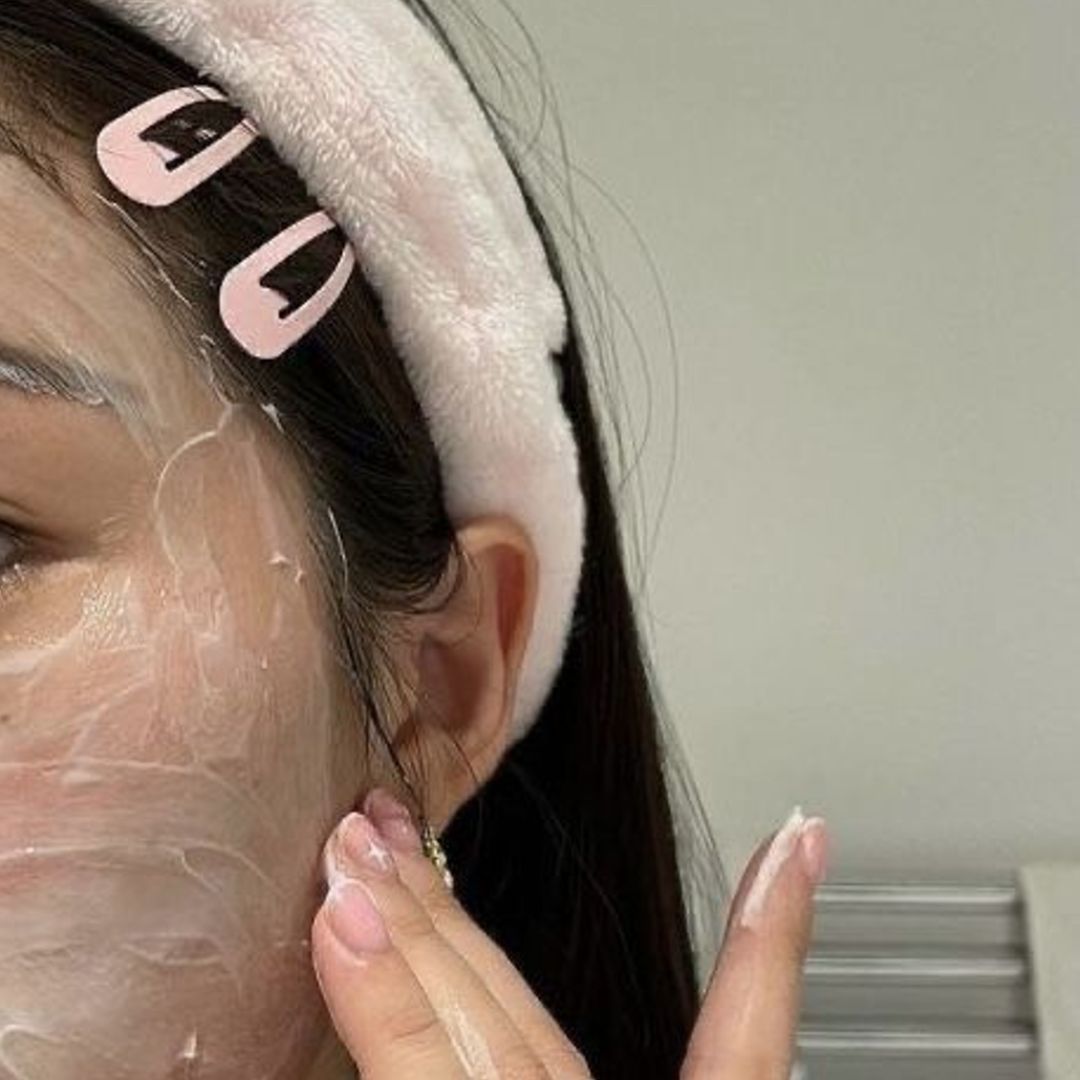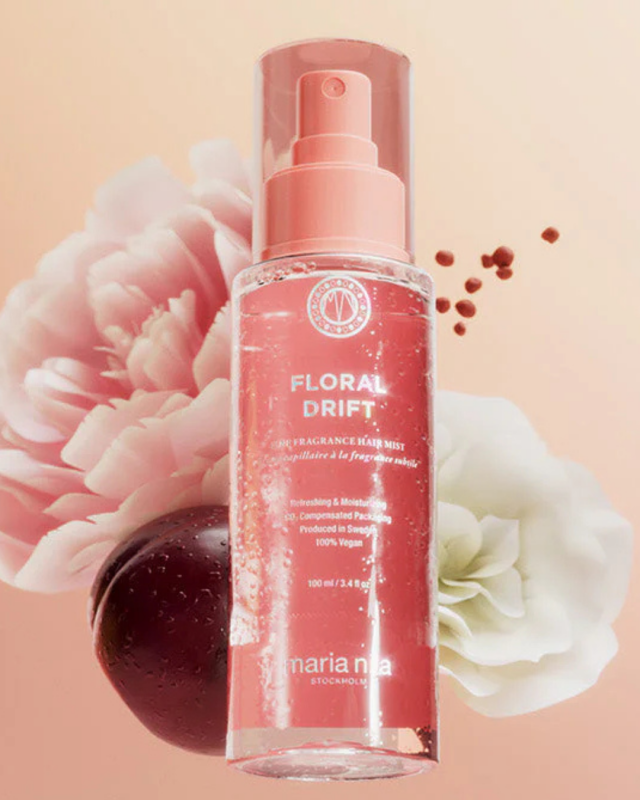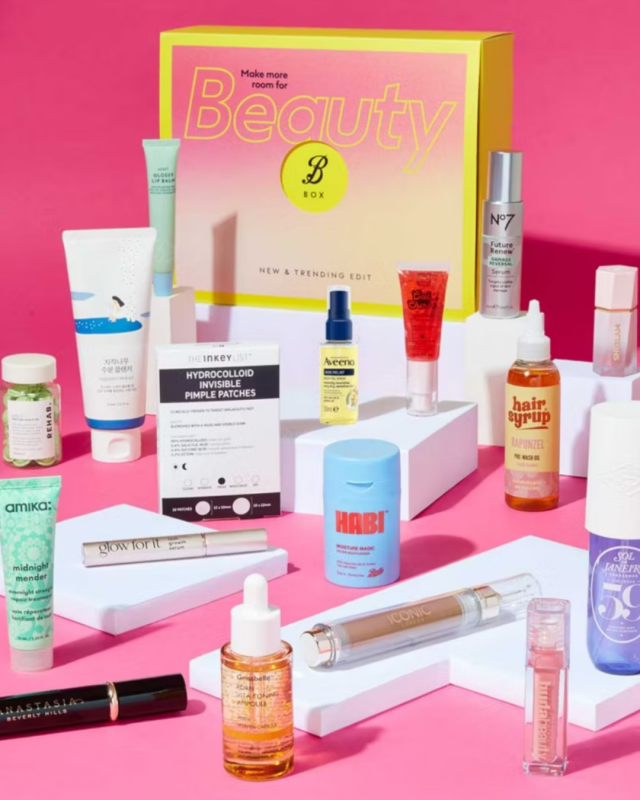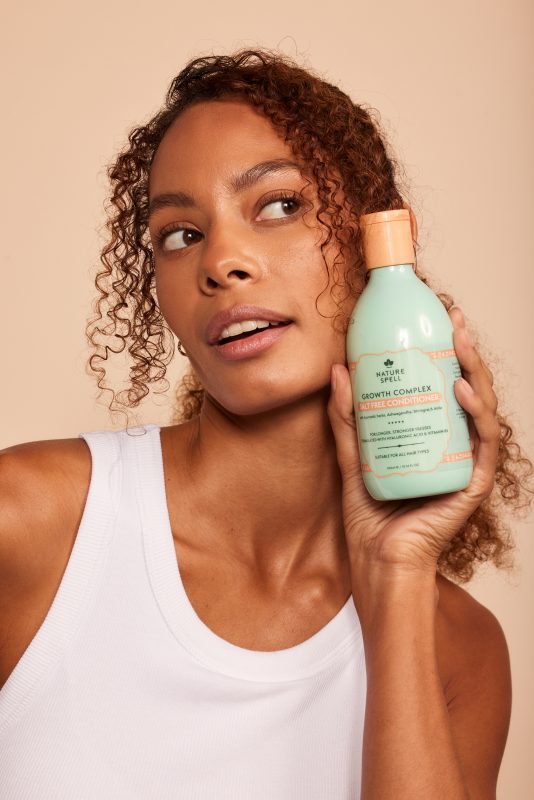News

Korean beauty, or K-beauty, is experiencing yet another viral moment, captivating skincare enthusiasts, makeup lovers, and trendsetters worldwide. This year K-beauty sales are set to explode, with projections to more than double over the past year, with hashtags like #kbeauty already racking up a staggering 1.3 million posts, fuelling the buzz and driving demand.
So why is K-beauty once again taking the beauty world by storm?
The Clean Beauty Revolution
The global shift towards clean, glowy skin has played a significant role in K-beauty’s resurgence. Trends like “glass skin,” championed by celebrities like Hailey Bieber, emphasise natural radiance, popularising the “glazed-doughnut skin” trend, a look characterised by dewy & luminous skin. It has inspired countless beauty enthusiasts to seek products that deliver that same reflective glow.
Driven by Gen Z and Millennials’ passion for holistic beauty with self-care and mindfulness at the forefront, K-beauty has tapped into the growing demand for products that nurture both skin and soul. The desire for clean, non-toxic formulations, combined with the trend for effortless, glowing skin, has made K-beauty the go-to solution for a generation looking to enhance their natural beauty with products that deliver visible results. It’s reshaping how consumers view skincare—prioritising health, sustainability, and a radiant complexion all in one. Brands are capitalising on this by offering high-performance, gentle, and clean ingredients that align with consumers’ lifestyle and wellness goals, creating a perfect storm for K-beauty’s explosive growth.
Just take Beauty of Joseon who have managed to cut through the crowded beauty market by reinterpreting traditional Korean beauty secrets for a modern audience, reaching an estimated $100 million in sales back in 2023. The brand blends time-honoured ingredients like ginseng and rice water with sleek, minimalist packaging that appeals to younger consumers seeking authenticity and innovation. Its accessible price points and effective formulations have positioned it as a standout in the global K-beauty movement, resonating with a generation that values products rooted in heritage but tailored for contemporary lifestyles. This strategy exemplifies how K-beauty brands are adapting to stay relevant while maintaining their cultural identity.
It comes at no surprise then that this year, Charlotte Cho’s Then I Met You is poised to debut in 250 Sephora stores, joining the likes of Dr.Jart+, Laneige, and Innisfree, as K-beauty continues to solidify its place in the global beauty market.

Accessibility
Social e-commerce platforms like TikTok Shop are revolutionising how beauty products are discovered and purchased. Specifically, viral moments on TikTok, where influencers and users showcase their favourite K-beauty products—such as Corsx’s iconic snail-based solution and ‘If I was new to Korean skincare videos’—have driven an influx of interest and sales. Previously, K-beauty products were available only on niche platforms like YesStyle or Soko Glam. Today, they’re accessible through TikTok Shop, Amazon, and in-store at retailers like Boots, Target and Sephora.
K-beauty’s accessibility has also been boosted by new retail experiences, such as PureSeoul in the UK. These shops bring an interactive, approachable dimension to the K-beauty journey, allowing consumers to explore, with education at the forefront of the agenda.

Looking to the future
The buzz around K-beauty isn’t just hype; it is here to stay. Whether you’re chasing the dewy glow of glass skin or exploring the latest SPF innovations, K-beauty’s appeal is universal.




